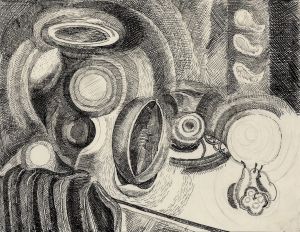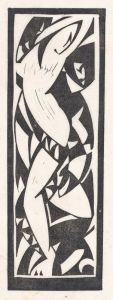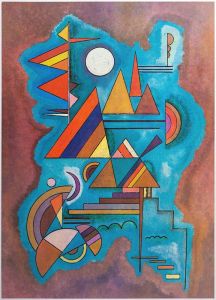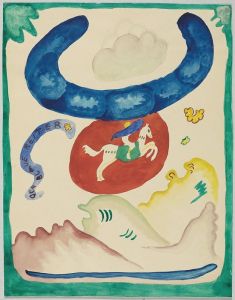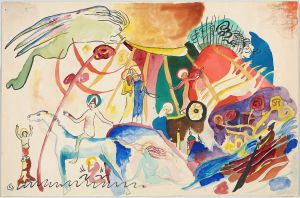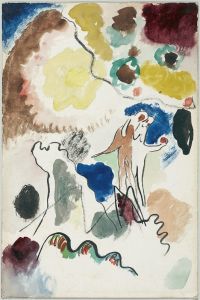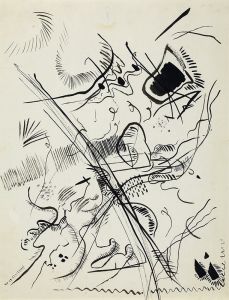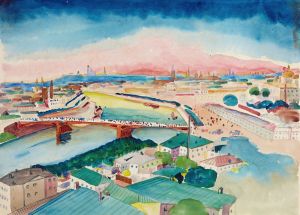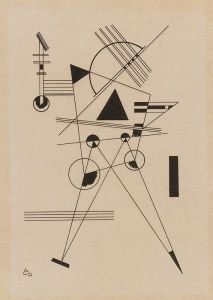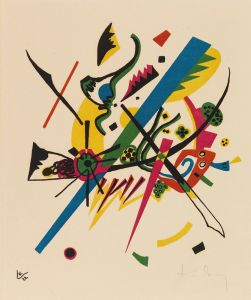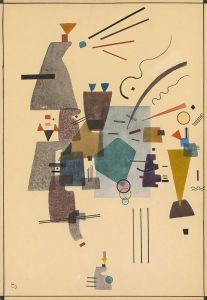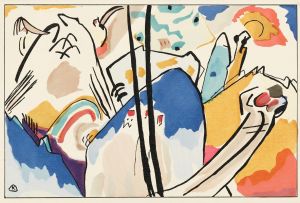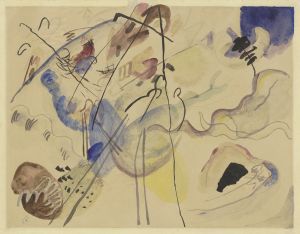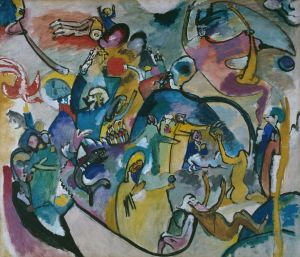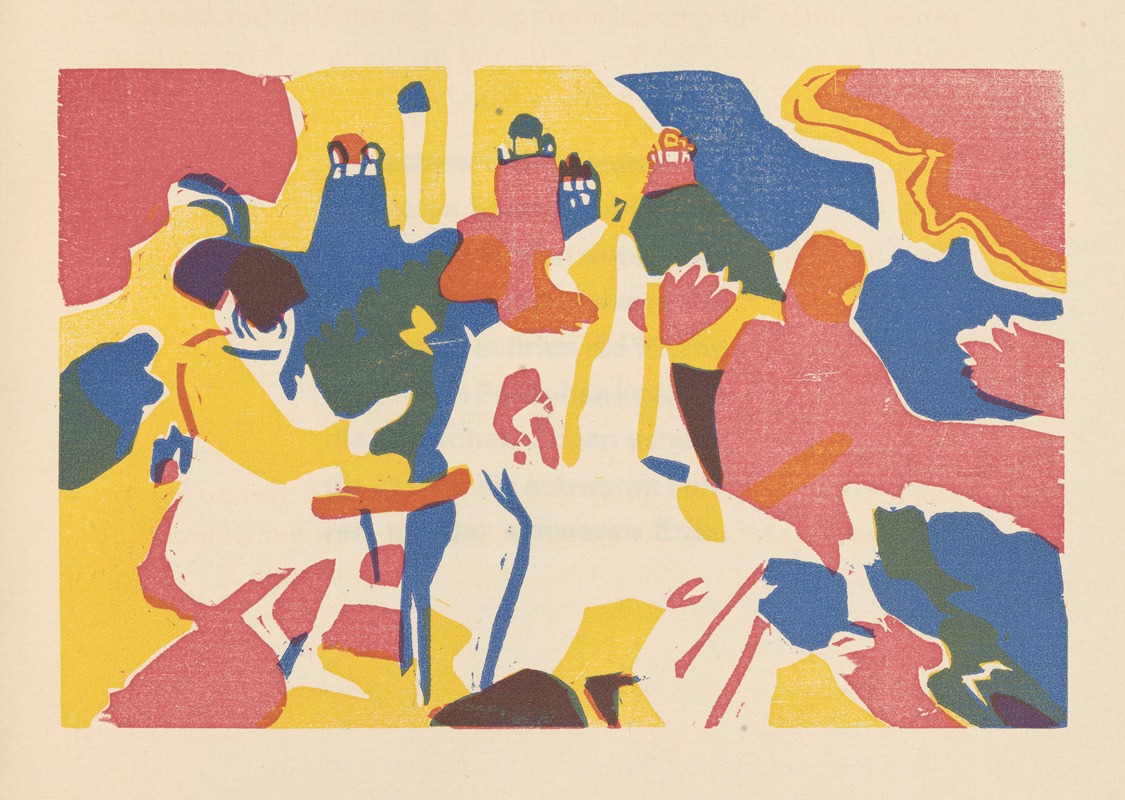
Klänge Pl.19
A hand-painted replica of Wassily Kandinsky’s masterpiece Klänge Pl.19, meticulously crafted by professional artists to capture the true essence of the original. Each piece is created with museum-quality canvas and rare mineral pigments, carefully painted by experienced artists with delicate brushstrokes and rich, layered colors to perfectly recreate the texture of the original artwork. Unlike machine-printed reproductions, this hand-painted version brings the painting to life, infused with the artist’s emotions and skill in every stroke. Whether for personal collection or home decoration, it instantly elevates the artistic atmosphere of any space.
"Klänge Pl.19" is a work by the Russian painter Wassily Kandinsky, who is often credited as one of the pioneers of abstract art. This piece is part of a larger series of woodcuts that were included in Kandinsky's book "Klänge" (Sounds), published in 1913. The book is a significant work in the history of modern art, combining poetry and woodcuts to explore the relationship between visual art and music, a recurring theme in Kandinsky's oeuvre.
Wassily Kandinsky was born on December 16, 1866, in Moscow, Russia, and he initially pursued a career in law and economics. However, he decided to abandon his legal career and move to Munich in 1896 to study art. Kandinsky's early works were influenced by Impressionism, Fauvism, and Symbolism, but he gradually developed a more abstract style. By the time he created "Klänge," Kandinsky was deeply involved in the avant-garde art movements of the early 20th century.
"Klänge" is one of Kandinsky's most important publications, reflecting his theories about the spiritual and emotional power of art. The book consists of 56 prose-poems and 38 woodcuts, with "Klänge Pl.19" being one of these woodcuts. Kandinsky's woodcuts in "Klänge" are characterized by their bold, abstract forms and their use of black and white contrasts. These works are often seen as visual equivalents to the poems they accompany, aiming to evoke a similar emotional response in the viewer.
Kandinsky's interest in the synthesis of the arts is evident in "Klänge." He believed that visual art, music, and poetry could all express the same inner truths and emotions. This idea is closely related to his concept of "synesthesia," where different senses are interconnected, and one can experience colors as sounds or vice versa. In "Klänge," Kandinsky sought to create a multisensory experience, where the visual and literary elements complement and enhance each other.
"Klänge Pl.19" exemplifies Kandinsky's abstract style during this period. The woodcut features a composition of geometric shapes and lines, arranged in a way that suggests movement and rhythm. The forms are simplified and stylized, emphasizing their expressive potential rather than their representational accuracy. This approach reflects Kandinsky's belief that abstract art could convey deeper spiritual and emotional truths than realistic depictions.
Kandinsky's work in "Klänge" and other abstract pieces had a profound influence on the development of modern art. His ideas about the spiritual in art and the potential for abstraction to express inner experiences were highly influential among his contemporaries and later generations of artists. Kandinsky was a founding member of the Blue Rider (Der Blaue Reiter) group, which played a crucial role in the development of abstract art in the early 20th century.
In summary, "Klänge Pl.19" is a significant work by Wassily Kandinsky, reflecting his pioneering efforts in abstract art and his exploration of the connections between visual art, music, and poetry. The woodcut is part of the larger "Klänge" series, which remains an important milestone in the history of modern art. Through his innovative use of abstract forms and his emphasis on the emotional and spiritual potential of art, Kandinsky left a lasting legacy that continues to inspire artists and art enthusiasts today.





